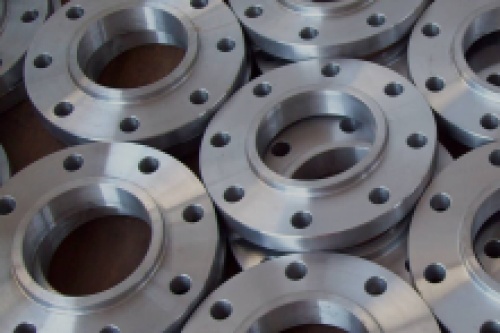Stainless steel flanges are crucial components in piping systems that connect sections of pipe or tubing to other components, such as valves or pumps. They come in a variety of designs, sizes, and materials to suit different applications. But what exactly are stainless steel flanges, how do they work, and what should you consider when selecting the right flange for your needs? In this blog post, we'll answer these questions and provide you with all the information you need to know about stainless steel flanges.
What are stainless steel flanges?
Stainless steel flanges are circular or ring-like components made from stainless steel that are designed to connect pipes or tubes together. They primarily serve as a means of attaching pipes to other components in a piping system, such as valves or pumps. They act as seals or gaskets to connect two sections of pipe or tubing and prevent any liquid, gas, or other substances from escaping. Stainless Steel Flanges are used extensively in industries that deal with fluid transportation, including petrochemical, oil and gas, chemical processing, and sewage treatment plants.
What are the different types of stainless steel flanges?
There are several types of stainless steel flanges, each with its own design and application. The most common types include:
Weld neck flanges: These are designed to be welded to the pipe, and they have a long tapered hub for reinforcement and alignment purposes.
Slip-on flanges: These flanges are easy to install and remove and are a good choice when the piping system is short and requires frequent cleaning and maintenance.
Blind flanges: These flanges are designed to seal the end of a piping system and prevent any liquid or gas from escaping.
Threaded flanges: These flanges feature internal threads and are ideal for low-pressure applications.
Lap joint flanges: These flanges consist of two parts, the stub end, and the collar, and are easy to align and install.
What should you consider when selecting stainless steel flanges?
When selecting stainless steel flanges, it's essential to consider several factors, including:
The type of piping system
The pressure rating of the system
The chemical compatibility of the flange with the fluid being transported
The temperature at which the flange will be operating
The size and weight of the flange
The installation and maintenance requirements












 Resolving PDF Issues in QuickBooks
Resolving PDF Issues in QuickBooks